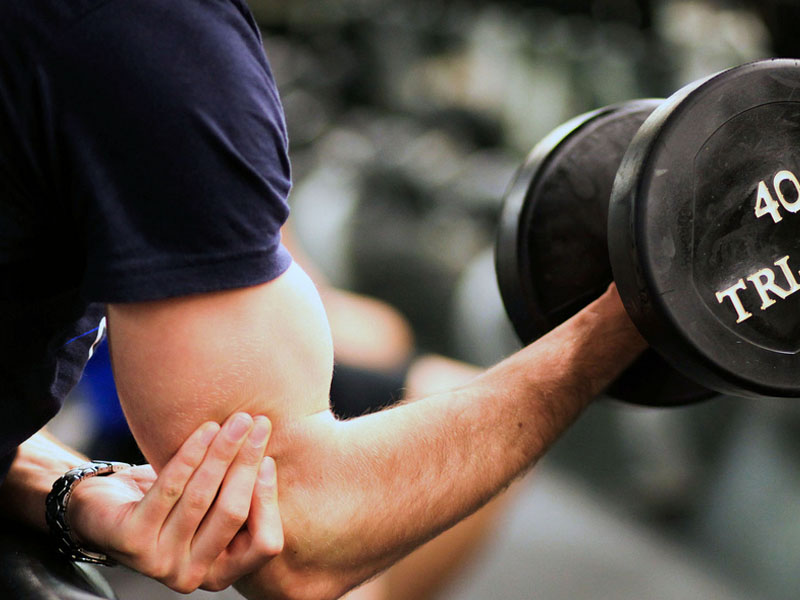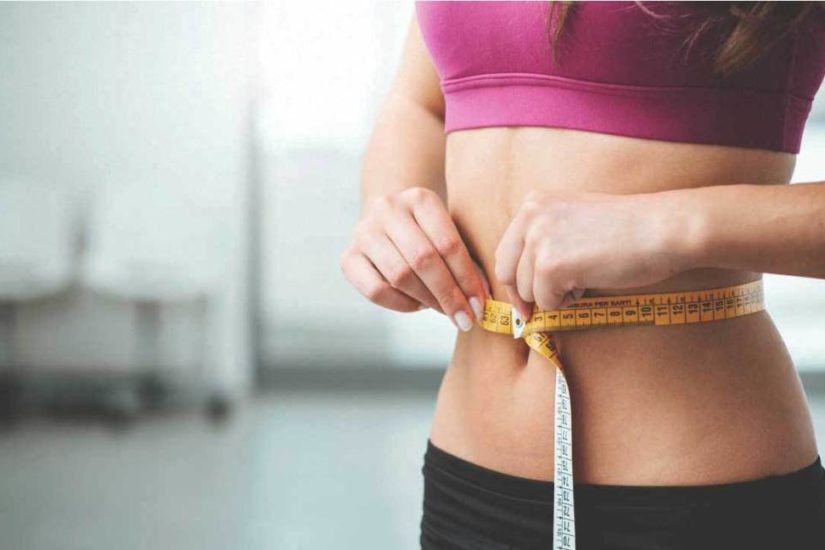Strength training is an often neglected aspect of the majority of endurance based athletes. This is even more true for age group endurance athletes who must juggle family responsibilities and job responsibilities while attempting to compete in various triathlon competitions at varying distances. No matter if you are a triathlete focusing on sprint races or if you have taken on the challenge of competing at greater distances you will find that neglecting strength based exercises is done at your own peril. Here are the 4 most important steps to consider when developing your own strength program. Developing and executing a strength program does not necessarily require a great deal of time but it is time well spent.
Step 1) Create a 10-15 minute warm-up routine which includes foam rolling first, followed by dynamic stretching and then muscle activation movements such as the plank, lateral side steps, or chin-ups.
Step 2) Before you begin your main strength session you will want to ask yourself where you are at in terms of your stability, strength, and ultimately power. If you are not stable you can’t work on your strength and if you don’t have strength you can’t work on your power. It is critical to be honest with yourself here and chose movements that are conservative. Leave your ego at the door, be patient and use little to no weight if just starting out. I am a big fan of body weight movements. Most importantly, get the movement down first without any extra weight at all except for your body weight. Then add weight and then add explosiveness without weight. Think movements rather than body parts.
Step 3) Pick movements that require your entire body to perform. These movements often incorporate multi-joints and require balance, coordination, power, and aerobic endurance. Think kettlebell swings, thrusters, lunges, and single leg squats with cable for assistance. I usually put these demanding movements right up front in my strength workouts right after I have completed my warm-up and any plyometrics (box jumps and/or jumping rope) if one is in the very advanced stages of training.
Step 4) Work those muscle groups that you DO NOT USE typically in the sport of triathlon. Many coaches will tell you to focus on strengthening your sport specific muscle groups. However, this is only strengthening already strong muscles. What about those muscles that are not used in triathlon? Focusing on already strong muscles will only lead to muscular imbalances and chronic injury which is so prevalent in triathletes to begin with. Focusing on STRETCHING quads and lats is of value. However, developing already developed muscles is asking for injury. I recommend focusing on those movements which are not sport specific. Lateral side steps, chin-ups, push-ups, side lunges, single leg squats, walking lunges with arms overhead, and/or medicine ball wood chops. Focusing in on lateral movements and movements with arms overhead will require you to balance and use muscles not at all used during triathlon training and racing. This will provide greater support, help reduce muscular imbalances, and as a result help reduce injury. Oh yes, it will also make you a happier and faster triathlete due to the fact that you will be able to train for many years to come with much less risk of injury.




